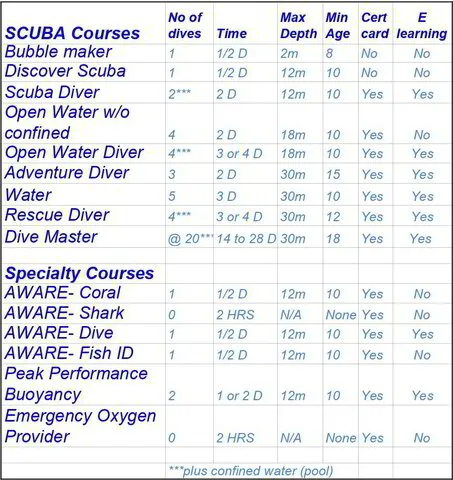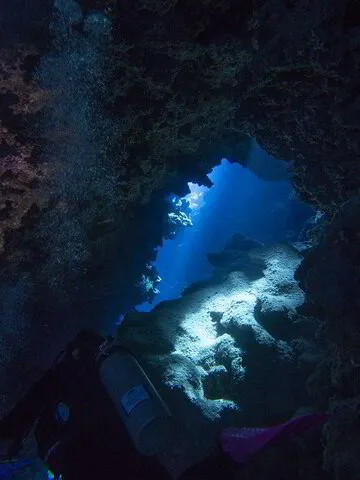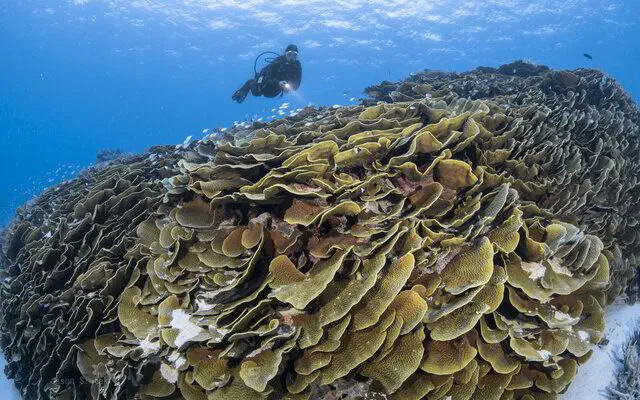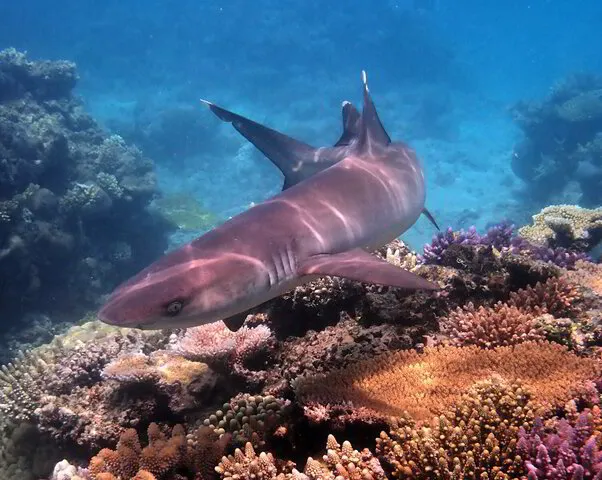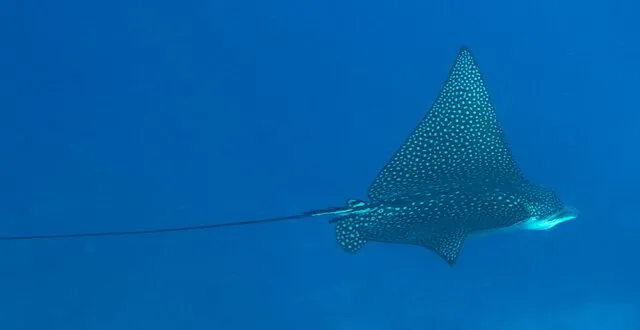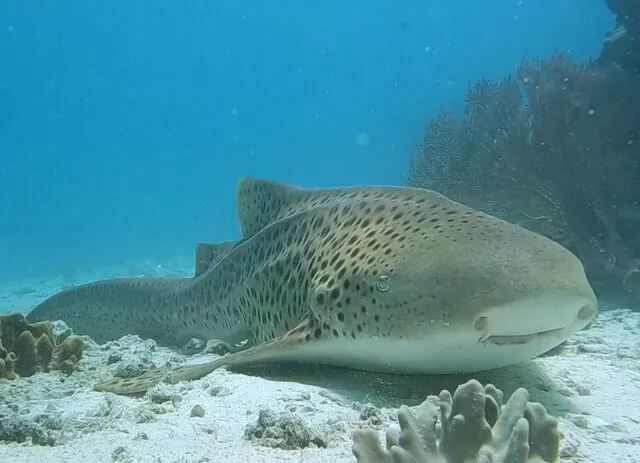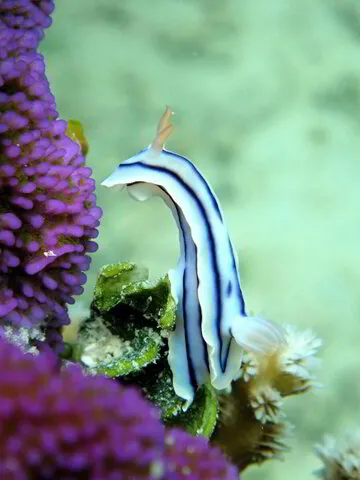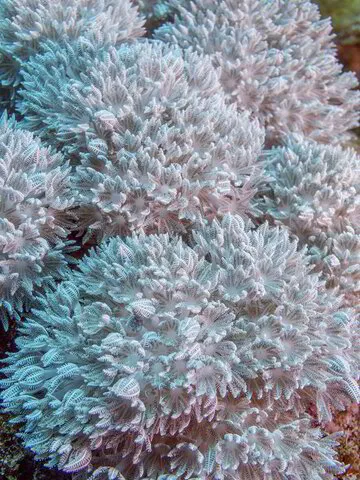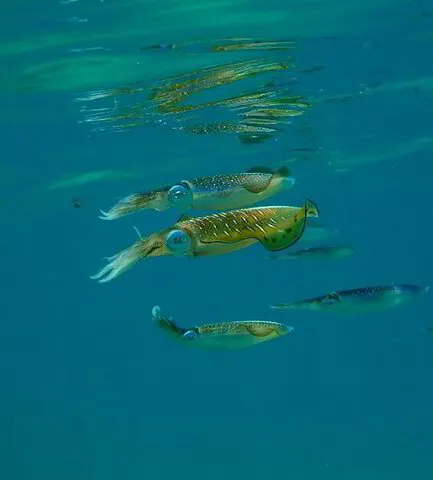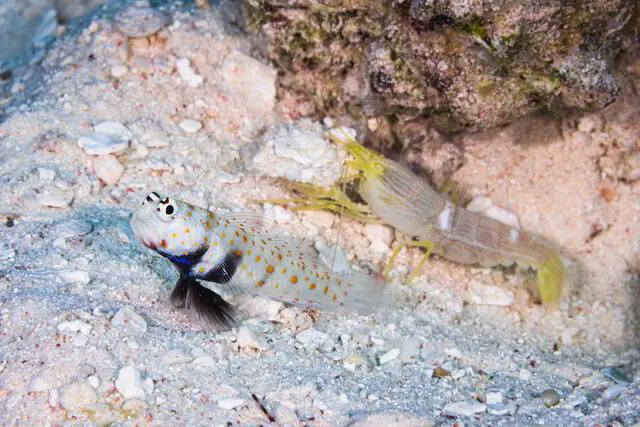Diving
The Great Astrolabe Reef
The Great Astrolabe Reef is one of the longest barrier reefs in the world. It is also one of the most diverse ecosystems on the planet - a truly unspoiled, hidden jewel that is off the beaten track and away from the crowd.
Arching over 100 km (65 miles) around Ono Island and Kadavu, the reef is a vast and mostly unexplored playground for all levels of divers, from beginners to most experienced divers.
We have mapped over 40 dive sites featuring a variety of stunning hard coral outer reef slopes with wondrous colors, beautiful soft coral drop-offs with caves, incredible pinnacles, amazing swim throughs, and much more. The famous Naqoro passage lies just south of Ono Island. This amazing break in the reef is a breeding ground for many large billfish (marlin) species, sharks, tuna, giant trevally, mahi-mahi, and snapper. And there are still many more sites along the Astrolabe Reef to be discovered by the most adventurous divers!
The Great Astrolabe Reef
The Great Astrolabe Reef is one of the longest barrier reefs in the world. It is also one of the most diverse ecosystems on the planet - a truly unspoiled, hidden jewel that is off the beaten track and away from the crowd.
Arching over 100 km (65 miles) around Ono Island and Kadavu, the reef is a vast and mostly unexplored playground for all levels of divers, from beginners to most experienced divers.
We have mapped over 40 dive sites featuring a variety of stunning hard coral outer reef slopes with wondrous colors, beautiful soft coral drop-offs with caves, incredible pinnacles, amazing swim throughs, and much more. The famous Naqoro passage lies just south of Ono Island. This amazing break in the reef is a breeding ground for many large billfish (marlin) species, sharks, tuna, giant trevally, mahi-mahi, and snapper. And there are still many more sites along the Astrolabe Reef to be discovered by the most adventurous divers!
The Manta Ray station
One of the many highlights around the Great Astrolabe Reef is a manta ray cleaning station only 3 minutes aways by boat from the Dive Center. The graceful gentle giants gather at Vuro Island everyday from May until the end of November. You can enjoy a very peaceful and almost private encounter with the manta since we are generally the only boat onsite.
On the way to the dive sites or returning from a morning dive, snorkeling with the magical mantas is an experience you’ll never forget. We also see mantas quite often from December through the end of April, but good timing also matters during those months!
The Manta Ray station
One of the many highlights around the Great Astrolabe Reef is a manta ray cleaning station only 3 minutes aways by boat from the Dive Center. The graceful gentle giants gather at Vuro Island everyday from May until the end of November. You can enjoy a very peaceful and almost private encounter with the manta since we are generally the only boat onsite.
On the way to the dive sites or returning from a morning dive, snorkeling with the magical mantas is an experience you’ll never forget. We also see mantas quite often from December through the end of April, but good timing also matters during those months!
Dive Courses at Oneta Resort
Our PADI dive shop offers training courses for beginners and advanced diving certifications. We also offer many PADI specialties and professionnal certifications. A PADI scuba certification is recognized world-wide and it’s valid for a lifetime!
If you have never gone scuba diving before, you can participate in our Discover Scuba Diving class and try out diving in one of the wonderful coral gardens within the Astrolabe reef. After a shallow water training session off of a beautiful beach, you will have the opportunity to safely explore the underwater world at the Astrolabe with the assistance of our experienced instructors.
To maximize your leisure and adventure time in Fiji, you can complete the dive theory for your Open Water, Advanced, Rescue or Dive Master Course before you arrive at the resort with the PADI eLearning program. We can send you the codes to your email adress or you can click on the below link to PADI website to start studying immediatly. You will be free to jump in the ocean as soon as you arrive!
To maximize your leisure and adventure time in Fiji, you can complete the dive theory for your Open Water, Advanced, Rescue or Dive Master Course before you arrive at the resort with the PADI eLearning program. We can send you the codes to your email adress or you can click on the below link to PADI website to start studying immediatly. You will be free to jump in the ocean as soon as you arrive!
Dive Courses at Oneta Resort
Our PADI dive shop offers training courses for beginners and advanced diving certifications. We also offer many PADI specialties and professionnal certifications. A PADI scuba certification is recognized world-wide and it’s valid for a lifetime!
If you have never gone scuba diving before, you can participate in our Discover Scuba dive Diving class and try out diving in one of the wonderful coral gardens within the Astrolabe reef. After a shallow water training session off of a beautiful beach, you will have the opportunity to safely explore the underwater world at the Astrolabe with the assistance of our experienced instructors.
Incredible
Located on the South side of Solo reef, this amazing wall dive is covered with Dendronephthya soft corals that come in all colors of the rainbow accompanied by many other species of soft and hard corals. White tip reef sharks, Gray reef sharks, Silvertip sharks and pelagic fishes are a common sight there as well as many nudibranchs, anemones and Linckia starfish. It is common to be surrounded by huge schools of fusiliers at Incredible and you might even get close to some curious dogtooth tunas. This dive site definitely lives up to its name!
Incredible is a drift dive and the current strength is generally moderate but it can get stronger as you follow the wall.
Depth: Best route is 12-25m (40 to 82 feet), the top of the reef is at 2m (6.6 feet). The bottom of the wall is below 60m (200 feet)
Visibility: Generally excellent: ranges between 40 and 100m (130 to 330 feet)
Dive Experience: Advanced divers
Get more information about the Advanced Course here:
Split Rock
This beautiful dive site is located on the Western side of the Great Astrolabe reef. The dive starts at the entrance of a large cave where you can observe the resident electric clams up close. The dive continues through massive canyons and swim-throughs covered with large fan corals, anemones and sponges. There are many nudibranchs on this site as well as dragon wrasse and different macro forms of marine life. The dive concludes at a huge pinnacle covered with a great variety of colorful corals and little cracks that are good hideouts for lobsters.
Depth: The best route is 9-21m (30 to 69 feet), the top of the reef is almost at the surface, the base of the pinnacle out of the cave is around 25m
Visibility: Generally good: average 40m (130 feet).
Dive experience: Open Water and advanced divers
Emily's Anchor
This lovely dive site is located on the southern part of the Astrolabe Reef off of Kadavu. This is a shallow reef surrounded by a sandy bottom at 16m (52 feet). There is an unbelievable unbelievably large cabbage coral at 10m (33 feet) that is the size of a school bus plus loads of massive colonies of branching corals of great variety. Large schools of squirrel fish and goat fish hang around the vast cabbage coral colony. A resident school of red snappers is commonly seen there as well. We often come across pods of dolphins in this area that come to jump around the boat. Due to its shallow depth, this site is perfect for a second dive.
Depth: The best route is between 6 and 15m (18 to 62 feet), the top of the reef is at around 3m (6 feet).
Visibility: Generally good: average 25m.
Dive Experience: All levels of diving
Water temperature and visibility
The water temperature range between 25 and 31 degrees Celsius (77 to 88 degrees Fahrenheit).
The coldest months are July and August and the water is at its warmest in February and March.
The waters around the Astrolabe reef are crystal clear with visibility often going above 60m (200 feet). The average visibility is around 40m (130 feet)
Water temperature and visibility
The water temperature range between 25 and 31 degrees Celsius (77 to 88 degrees Fahrenheit).
The coldest months are July and August and the water is at its warmest in February and March.
The waters around the Astrolabe reef are crystal clear with visibility often going above 60m (200 feet). The average visibility is around 40m (130 feet)
Equipment and Boats
We have 2 dedicated dive boats with 2x115 horsepower or and 225 horsepower engines. Dive Fiji 2 can accommodate 8 divers, and 2 guides and crew, while and Dive Fiji 1 can accommodate 4 divers, and 1 guide and crew.
Boats are equipped with GPS, radios, mobile phones, live vests, tool kits, first aid kits and oxygen kits onboard.
Our Dive Shop is fully equipped with Scuba Pro gear. We have excellent gear for rent and all equipment is regularly serviced by our onsite technicians.
Equipment and Boats
We have 2 dedicated dive boats with 2x115 horsepower or and 225 horsepower engines. Dive Fiji 2 can accommodate 8 divers, and 2 guides and crew, while and Dive Fiji 1 can accommodate 4 divers, and 1 guide and crew.
Boats are equipped with GPS, radios, mobile phones, live vests, tool kits, first aid kits and oxygen kits onboard.
Our Dive Shop is fully equipped with Scuba Pro gear. We have excellent gear for rent and all equipment is regularly serviced by our onsite technicians.
Dive Protocol and Safety
For safety, comfort and the protection of our dive sites, we take only small dive groups, factoring in everyone's level of experience.
Due to the remoteness of the location, our main focus is on safety. We follow all the PADI standards and always keep a conservative approach of diving. We have dive technicians on site to keep the equipment and the compressor at the highest standard of service. We also make sure to have oxygen, first aid kits, GPS, trackers, cell phone and an updated emmergency plan accessible at all time. Our staff is trained for first aid and we have a defibrillator onsite as well.
We generally go for 2 tanks in the morning departing at 8.30am and we come back for lunch at the resort. We do at least 1 hour surface interval between the dives with snacks, tea and cookies. If possible we always try to do it on the white beaches of the remote and un-inhabited islands within the Great Astrolabe reef. On request we can offer afternoon dives and very soon we plan to begin some night diving.
We don't offer Nitrox, but due to the topography of the reef, this is not necessary here. The top of the reef is, for most of the sites, close to the surface and we can enjoy even the safety stop while keeping on diving.
Dive Protocol and Safety
For safety, comfort and the protection of our dive sites, we take only small dive groups, factoring in everyone's level of experience.
Due to the remoteness of the location, our main focus is on safety. We follow all the PADI standards and always keep a conservative approach of diving. We have dive technicians on site to keep the equipment and the compressor at the highest standard of service. We also make sure to have oxygen, first aid kits, GPS, trackers, cell phone and an updated emmergency plan accessible at all time. Our staff is trained for first aid and we have a defibrillator onsite as well.
We generally go for 2 tanks in the morning departing at 8.30am and we come back for lunch at the resort. We do at least 1 hour surface interval between the dives with snacks, tea and cookies. If possible we always try to do it on the white beaches of the remote and un-inhabited islands within the Great Astrolabe reef. On request we can offer afternoon dives and very soon we plan to begin some night diving.
We don't offer Nitrox, but due to the topography of the reef, this is not necessary here. The top of the reef is, for most of the sites, close to the surface and we can enjoy even the safety stop while keeping on diving.
Featured Species
Fiji has over 2300 species of fish and around 300 species of corals which makes Fiji and the Great Astrolabe Reef one of the most diverse ecosystems in the world. As a comparison, Hawaii has around 400 species of fish and 20-30 species of coral (only 10% of Fiji's biodiversity). The following species are just a small sample of what you will see during the dives:

